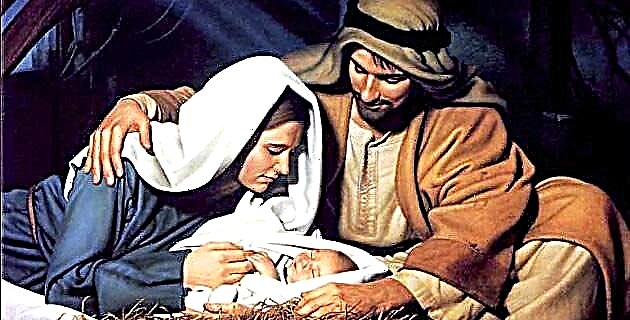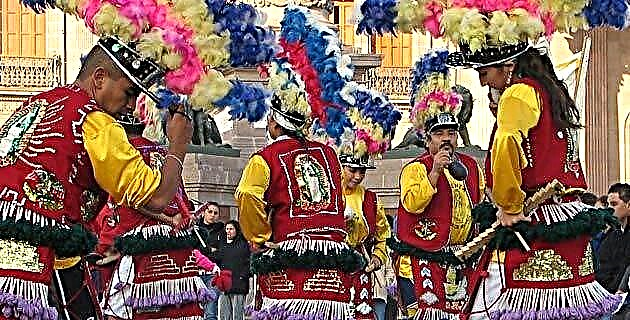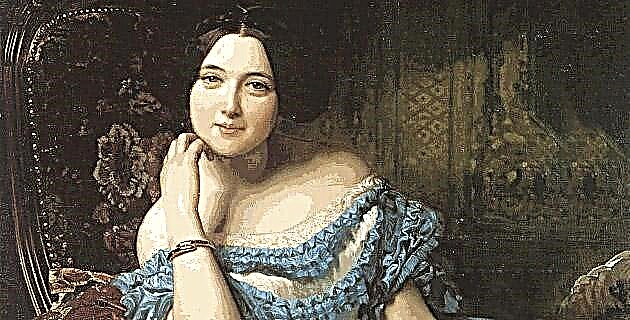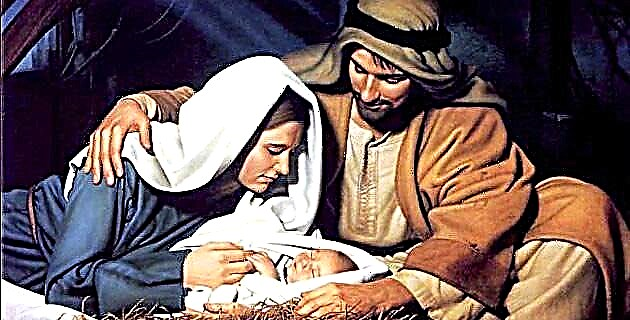
Christmas was celebrated early. Fray Pedro de Gante relates in 1528, only seven years after the conquest.
And it is that all their worship of their gods was to sing and dance in front of them ... and as I saw this and that all their songs were dedicated to their gods, I composed very solemn meters as God became man to free the human lineage and how he was born of the Virgin Mary, remaining pure and without blemish ... and then, when Easter approached, I brought Indians from all over the region and in a courtyard that was filled to bursting they used to sing the same night of Nativity: Today the Redeemer was born of the world.
This composition can be considered as the first Christmas carol in Mexico. Its origin comes from 15th century Spain. At first they had a profane and often loving character. Whereas, in New Spain they always had a religious content and were specifically dedicated to Christmas. After "Today the Redeemer of the World Was Born" there were other authors, both clergy and laymen, who composed very popular Christmas carols.
WHAT I LIKE THAT HAVING IT / BECAUSE
ALREADY VIDEO MY 'PAGRE' BELOVED / IS ALREADY DRESSED
OF OUR FLESH / TO FREE US FROM
AX-DEVIL / HERE ARE THESE INDIANS /
FULL OF SANTA ALEGRÍA / STAND IT WITH
YOUR'PAGRE '/ AND WITH YOUR' MAGRE'MARÍA /.
ANONYMOUS AUTHOR, XVI CENTURY.
There were also Spanish poets, whose work was made in Mexico such as Fernán González de Eslava and Pedro Trejo. The latter wrote true theological treatises, the content of which was questioned by the Holy Inquisition. Already in the seventeenth century, Sor Juana Inés de la Cruz left us some Christmas carols.
In 1541, Fray Toribio de Motolinía wrote his memorials, where he narrated that in Tlaxcala for the Christmas celebrations, the indigenous people decorated the churches with flowers and herbs, spread sedge on the floor, made their entrance dancing and singing and each one carried a bouquet of flowers. in the hand. In the patios bonfires were lit and on the roofs torches were burned, people sang and played drums and rang the bells.
Everyone heard mass, those who did not fit inside the temple stayed in the atriums, but still knelt and crossed themselves. For the day of Epiphany they brought the star from afar, pulling a string; In front of the image of the Virgin and the Child God they offered candles and incense, doves and quail that they had collected for the occasion. During the third decade of the 16th century, Fray Andrés de Olmos composed the "Auto de la Adoración de los Reyes Magos" which is surely the religious drama that Motolinía reviews, saying: and some years they represented the auto of offering.
Candelaria was also celebrated. In this celebration, the waxes that had been used in processions were taken to bless and kept to offer on the occasion of diseases and natural catastrophes.
Such were the feasts of the Nativity of the Lord during the early days of Christianization, which Huitzilopochtli had already been forgotten. The intelligence of the evangelizers to use indigenous means to solemnize religious acts such as flowers, offerings, songs, music and dances, had made it possible to quickly accept the new religion, which was presented with rites that they were familiar to the new converts.
In the Motolinía reviews, there are elements that continue to date in Mexican Christmas: the songs, the lights and it is possible that the "Auto de la Adoración de los Reyes Magos", is what later gave rise to the pastorelas. The rest that today make up the end of the year celebrations were gradually incorporated, until they had festivities with marked Mexican characteristics.











